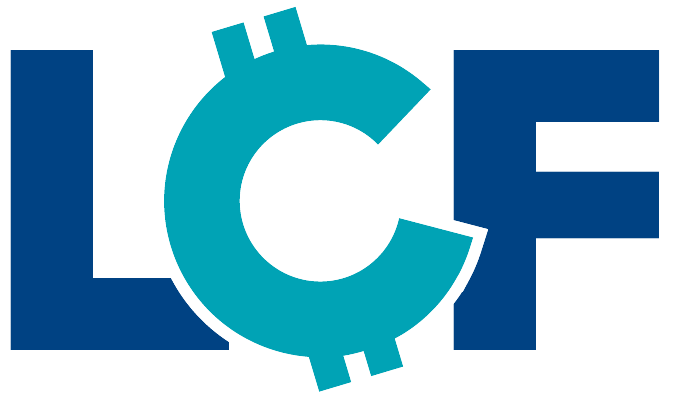Small Business Guide: Navigating 2023 Inflation
Lets Get Started
In recent times, the global economy has been experiencing a notable shift. High inflation has become the new normal, impacting the business environment significantly. For small business owners, understanding how to prepare for and navigate these economic waves is paramount. This guide outlines strategic actions that can help strengthen your business amidst this challenging economic situation.
Understanding the Effects of Inflation on Small Businesses
Inflation denotes a rise in the general level of prices of goods and services over time. This situation implies that each unit of currency is purchasing fewer goods and services, essentially diminishing the purchasing power per unit of money. For entrepreneurs, the impact of inflation can be severe, affecting crucial business elements like supply chain, cash flow, profit margins, and ultimately the bottom line.
Embracing Merchant Cash Advances
With the traditional business financing options seemingly tightening in this high inflation era, many startups and established small businesses are turning to alternative solutions such as merchant cash advances. Unlike a loan, line of credit or credit card, a merchant cash advance provides working capital by purchasing a portion of your business’s future sales. This solution proves particularly useful when dealing with rising costs, ensuring that your business remains financially flexible despite the rate of inflation. One additional advantage to Merchant Cash Advances is cost certainty because, unlike loans, lines of credit or credit cards which may have adjustable interest rates, the cost of an MCA does not include interest and is determined at the time of funding. MCAs provide further advantages since a business’ obligations are adjustable in proportion to a business’ revenues.
Dealing with Rising Costs and Shortages
High inflation invariably results in rising costs for raw materials and other business inputs. While it feels like the pandemic was an eternity ago, many companies are still feeling the affects mostly around significant disruptions in the supply chain, leading to shortages that further exacerbate these rising costs.
The federal reserve continuously monitors the Consumer Price Index (CPI) to track inflation. As a small business owner, it’s important to also keep a close eye on the CPI and other economic indicators to make informed decisions about pricing and supply chain management.
Optimizing the Supply Chain amid Disruptions
Supply chain issues, particularly those brought about by the pandemic, have underscored the need for small businesses to create robust and flexible supply chain strategies. Partnering with local suppliers can be a beneficial move in minimizing disruptions. In addition, diversifying suppliers to avoid over-reliance on a single source can also serve as a buffer against unexpected supply shortages.
Preparing for Labor Market Changes
Currently, we are in a strange spot with labor. After the last couple of years of labor shortage, people are worried about high inflation and job hopping has slowed. Yet, some industries are still seeing labor shortages and high turnover rates are increasingly common. Small businesses can address this issue by focusing on employee retention, providing competitive wages, and utilizing social media for efficient and cost-effective recruitment.
Adjusting Pricing Strategy
With the rising costs of raw materials and other business inputs, small businesses might need to consider price increases to maintain profit margins. However, it’s crucial to approach this strategy with caution. While it’s necessary to preserve the bottom line, small businesses must also be mindful of the financial situation of their customers who are equally affected by the effects of inflation.
Maximizing Social Media and Online Platforms
The power of social media in reaching customers, driving sales, and increasing brand awareness cannot be overstated, especially for startups and new businesses. In these times of high inflation, harnessing these platforms effectively can help reduce marketing costs, thereby improving your business’s bottom line.
Reassessing Real Estate Needs
The economic downturn over the last year and the effects of the pandemic have significantly affected real estate trends. Many businesses are rethinking their space needs, with remote work becoming increasingly prevalent. A reevaluation of your real estate needs could lead to cost savings, particularly in high inflation times. Or if you need an office location, be sure to shop around and negotiate on your space as there is far less demand than just a few short years ago.
Revisiting Your Business Plan
It’s also recommended that small business owners revisit their business plan. Changes in the economy should prompt a review and possible adjustment of your business strategy, taking into account the current economic climate, changes in consumer behavior, supply chain disruptions, and the labor market situation. With the proper adjustments and a clear strategy, your business can better withstand the effects of inflation and other economic pressures.
Setting Up a Cash Reserve
During periods of high inflation, cash flow management becomes even more critical. Business owners should consider setting up a cash reserve as part of their financial strategy. A cash reserve, bolstered by funds from sources like merchant cash advances, can provide the necessary working capital to deal with sudden price hikes, raw material shortages, or unexpected costs.
Engaging with Customers
One of the most effective strategies to mitigate the impact of inflation is to engage regularly with customers. Utilize social media platforms, newsletters, and other communication tools to keep your customers informed about any changes in your services or prices.
Additionally, customers’ feedback can offer valuable insights into their perceptions and preferences during these challenging times. This information can guide you in making necessary adjustments to your offerings and pricing strategy, helping you maintain customer satisfaction and retention.
Leveraging Government Support
The Small Business Administration (SBA) offers resources designed to assist small businesses during times of economic hardship. As entrepreneurs navigate through these periods of high inflation, it’s advisable to explore what the SBA has to offer. This includes various programs and resources aimed at helping businesses address challenges brought about by inflation and other economic factors.
Conclusion: Proactive Adaptation for Small Businesses
In an era of high inflation, the path forward for small businesses is not without challenges. However, with a proactive approach and strategic planning, entrepreneurs can mitigate the effects of inflation on their operations. By optimizing the supply chain, leveraging alternative financing methods like merchant cash advances, addressing labor market changes, and adapting pricing strategies, small businesses can prepare and strengthen their resilience in the face of inflation.
Remember, while the rising costs and the impact of inflation may appear overwhelming, your business is not alone. By staying informed, adjusting strategies, and remaining connected with your customers, you can ensure that your business will continue to grow and prosper amidst the economic challenges of 2023. Stay diligent, stay adaptable, and above all, stay optimistic as we navigate through these changing economic tides together.




